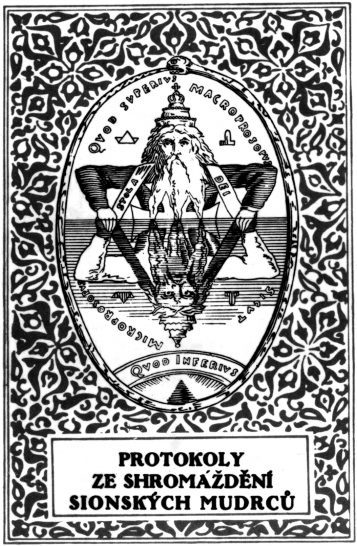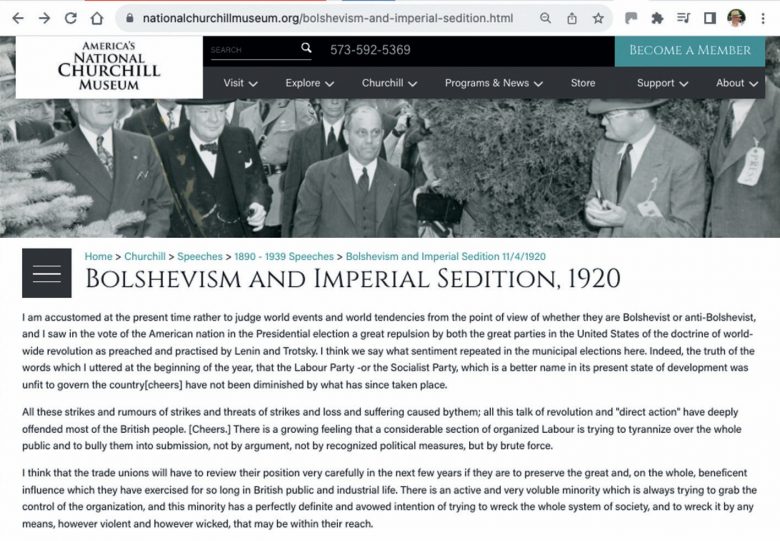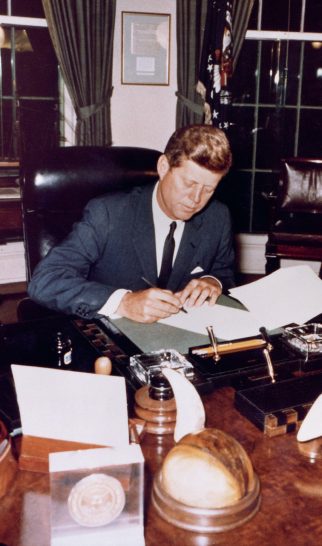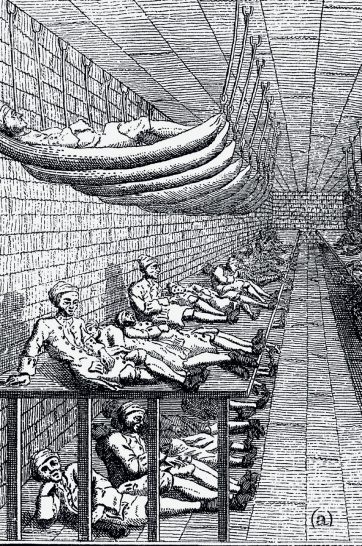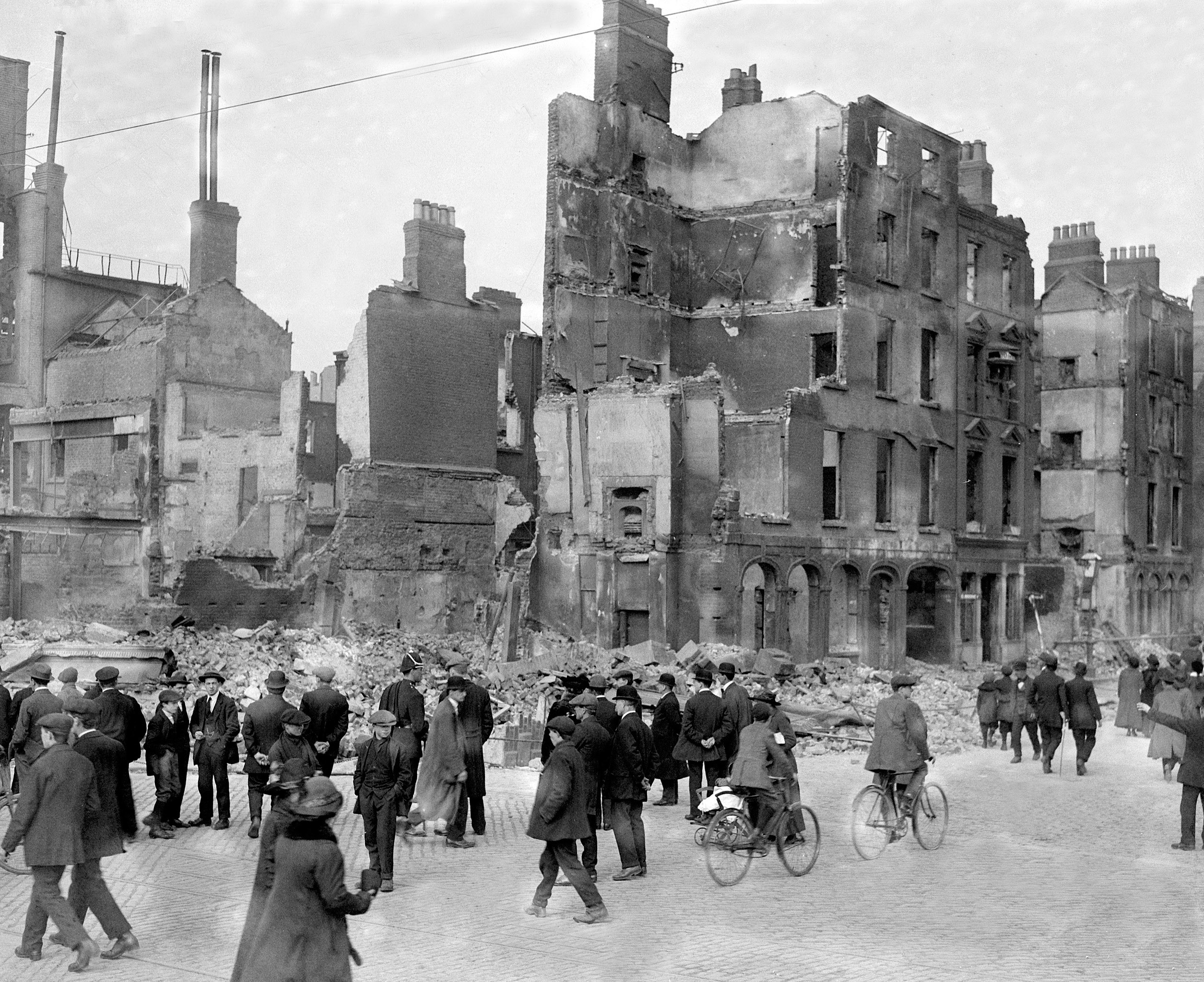
Britain’s declaration of war on Germany on 4 August 1914 was a momentous event, not just for the future of those two nations, but also for Ireland. The Supreme Council of the Irish Nationalist group, the Irish Republican Brotherhood (IRB), met and declared that ‘England’s difficulty is Ireland’s opportunity’. With hundreds of thousands of British (and Irish) troops occupied fighting a war against the Germans in France, Belgium and elsewhere, this was an ideal opportunity for Irish nationalists to launch a revolt with the aim of establishing their country’s independence from the United Kingdom.
The IRB was descended from the Fenians, a group founded in 1859. In the 1860s it had launched a rising in Ireland (that failed) and carried out bomb attacks in England. With only a few hundred supporters, the IRB was a small group and its chances of successfully overthrowing British rule in Ireland appeared small. Another, even smaller, nationalist faction, the Irish Citizen Army, was also planning a rebellion, but the IRB managed to persuade its leader, James Connolly, to join forces.
Your organisation does not have access to this article.
Sign up today to give your students the edge they need to achieve their best grades with subject expertise
Subscribe

